Our Latest Blog

British WWI Uniform Overview: A Detailed Look at World War 1 Army Uniforms
The British WWI uniform was an essential part of military history, evolving from traditional scarlet tunics to practical...
Read more about British WWI Uniform...
WWI Uniform Reproduction – Authentic World War 1 Military Clothing
WWI uniform reproductions are essential for historical accuracy, reenactments, and preserving military heritage. Whether...
Read more about WWI Uniform Reprodu...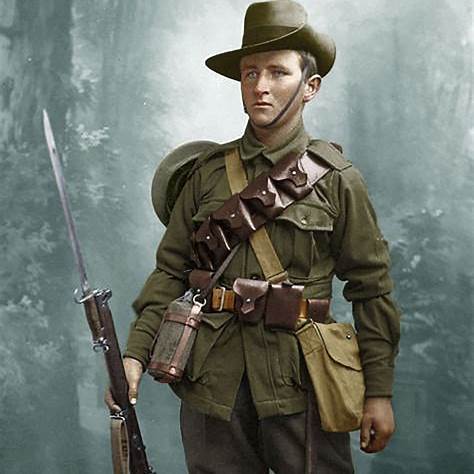
WWI Uniform History & Development: Evolution of Military Attire
This article delves into the transformation of military uniforms during World War I, highlighting the shift from traditi...
Read more about WWI Uniform History...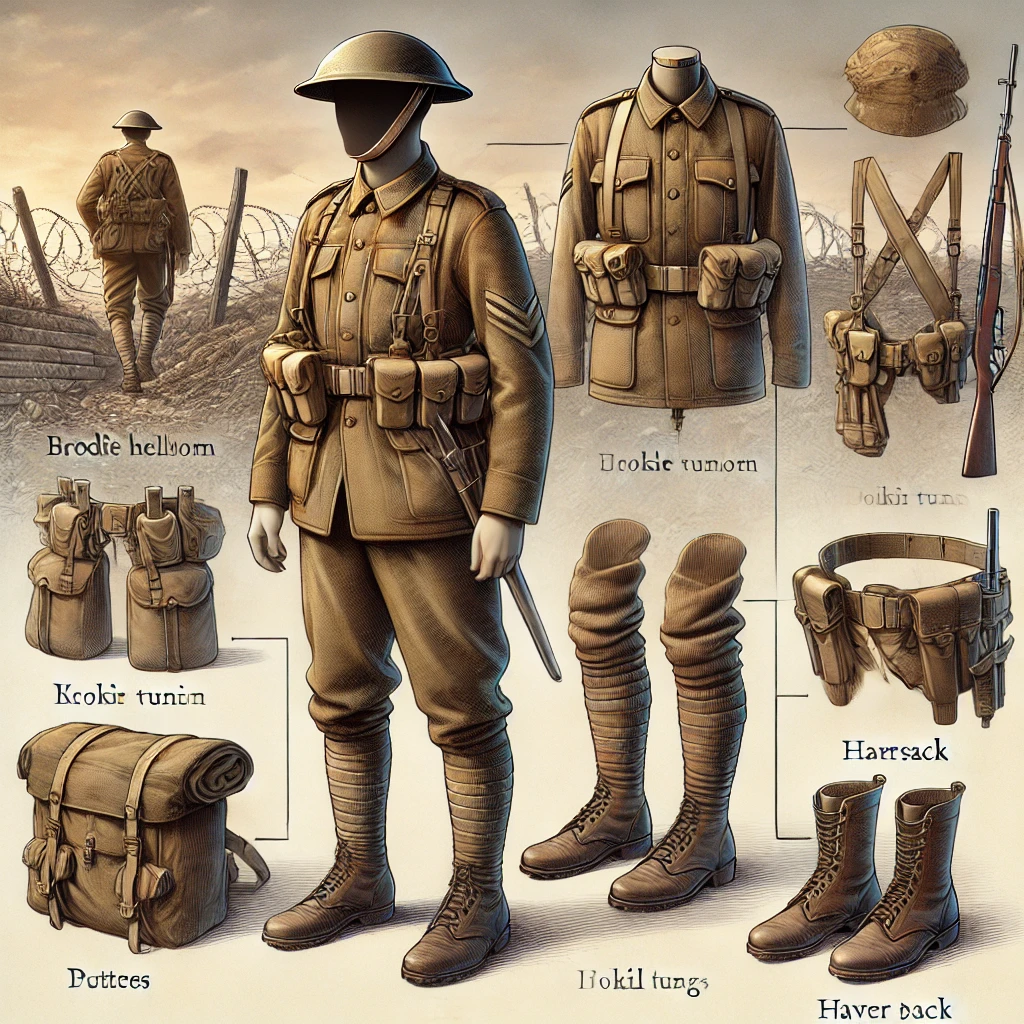
Essential Uniform Components of the United Kingdom in World War 1: A Complete Guide
World War 1 was a turning point in military history, and the uniforms the United Kingdom's soldiers wore during the con...
Read more about Essential Uniform Co...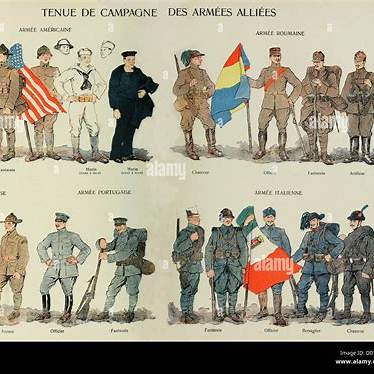
World War I Uniforms by Country: Evolution, Colors, and Impact
This article examines the significant changes in military uniforms during World War I, highlighting France's transition...
Read more about World War I Uniforms...
The Evolution of Victorian British and German Military Uniforms in the 19th and 20th Centuries
This article explores the evolution of military uniforms, focusing on British regiments during the 19th century and the...
Read more about The Evolution of Vi...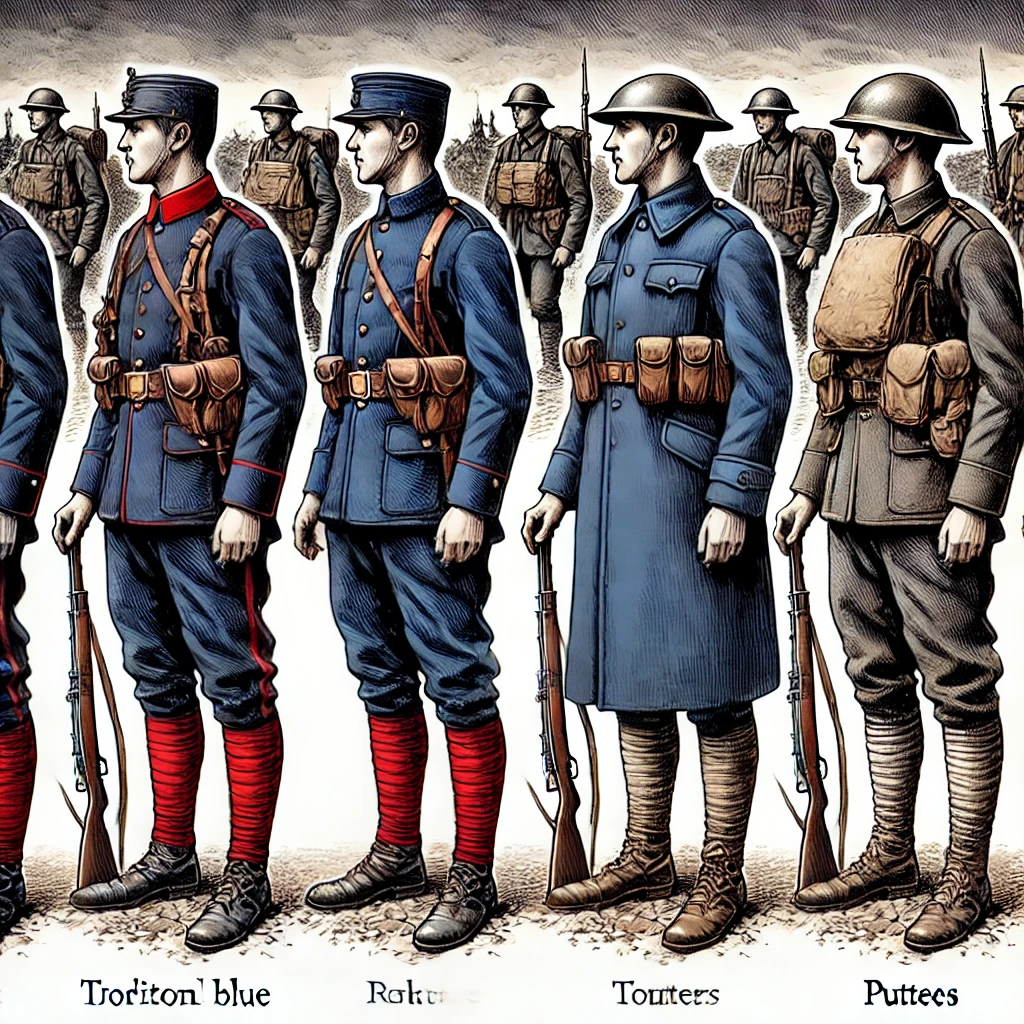
WWI Uniforms of the World: The Evolution of French Military Attire
This article delves into the uniforms worn by various countries during World War I, with a particular emphasis on the Fr...
Read more about WWI Uniforms of th...
How to Identify WWI German Uniforms: A Collector's Guide
Identifying WWI German uniforms requires understanding their unique design, ranks, and insignia. This guide explores key...
Read more about How to Identify WWI...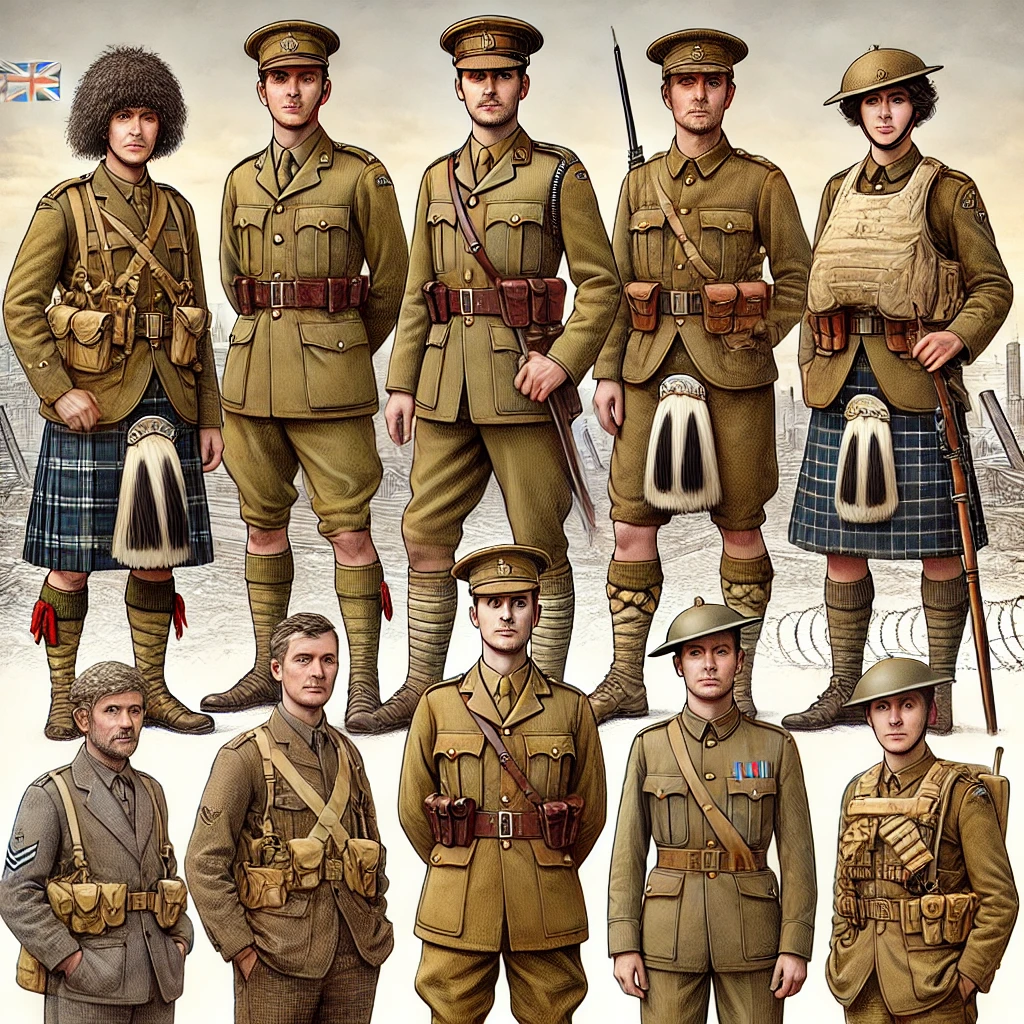
WW1 British Uniform Types: A Comprehensive Guide to World War 1 Uniforms
World War 1 marked a significant evolution in military uniforms, particularly for the British Army. This article explore...
Read more about WW1 British Uniform...